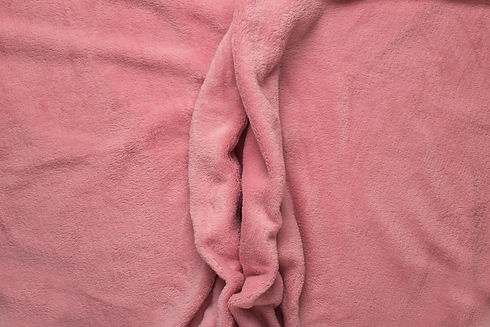This is not a site designed to diagnose your specific health conditions- it is INFORMATIONAL ONLY

Clinical Professionals
Vulvar lichen sclerosus presents with a range of symptoms that require a multidisciplinary approach. Dermatologists, gynecologists, pelvic floor therapists, mental health providers, and other professionals must collaborate to address both the physical and psychological challenges of this chronic condition. Early diagnosis and comprehensive care are essential for improving patient outcomes and quality of life.
Professionals Helping Early Intervention
Dermatologist
Gynecologists
General and family practitioners
Pelvic Floor Therapists
Endocrinologists and other offices that help diagnose autoimmune disorders
Midwives and birth assist teams/doulas
Hospice and nursing facility aides
Sex therapists and mental health therapists
Health clinics such as urgent care and planned parenthood
Important Reads
Common Symptoms
Do patients share these types of symptoms with you? Further exploration would be needed if these are being reported.
-
Clinical Context: Chronic, intense itching is the hallmark symptom of vulvar lichen sclerosus (VLS). Pruritus is often worse at night, disrupting sleep and significantly impacting quality of life. Persistent scratching can lead to secondary excoriations, lichenification, or even fissuring of the skin (Krapf et al., 2020).
-
Professional Note: Dermatologists should assess for secondary skin changes caused by scratching. Mental health professionals may need to address the psychological toll of pruritus, including anxiety and distress (Krapf et al., 2020).
-
Learn about when itching or flares present in extragenital skin, and how this can be a symptom of autoimmune or VLS.

-
Clinical Context: Dyspareunia in VLS often results from fissures, scarring, or narrowing of the vaginal introitus. Inflammation and structural changes, such as labial fusion or clitoral hood adhesions, can further contribute to discomfort during sexual activity or physical contact (Bradford & Fischer, 2010; Yıldız et al., 2020).
-
Professional Note: Pelvic floor therapists can support patients by addressing associated muscle tension, while mental health therapists can help patients navigate intimacy-related distress. Gynecologists should evaluate for physical contributors to pain (Gutiérrez Ontalvilla, 2022).

Burning Sensations
-
Clinical Context: Burning is frequently linked to mucosal irritation and is often exacerbated during flares of the disease. Patients may describe this as a stinging or raw feeling, particularly during urination or after physical activity (Günthert et al., 2012).
-
Professional Note: Pain specialists and dermatologists should differentiate burning caused by VLS from other conditions, such as vulvodynia or infections, to guide treatment. Encouraging consistent use of topical treatments and barrier ointments can help reduce irritation (Krapf et al., 2020).

-
Clinical Context: VLS-related pain can be localized to the vulva or more generalized, resulting from inflammation, fissures, or scarring. Chronic pain may lead to avoidance behaviors and psychological distress (Yıldız et al., 2020).
-
Professional Note: Pain management teams can use cognitive-behavioral therapy (CBT) and multimodal pain management strategies to address chronic pain. Collaboration between pelvic floor therapists and mental health professionals is critical for reducing physical and emotional burdens (McCracken et al., 2014).

-
Clinical Context: VLS is characterized by whitish plaques, thinning of the skin, and atrophy. In some cases, keratotic plaques and areas of depigmentation are visible under dermoscopy. Chronic cases may lead to scarring and distortion of the vulvar architecture (Borghi et al., 2016).
-
Professional Note: Dermatologists should use tools like dermoscopy to assess advanced skin changes and differentiate VLS from other conditions, such as lichen planus or vitiligo. Educating birth support professionals on these changes may help them identify potential issues during postpartum recovery (Günthert et al., 2012).

-
Clinical Context: Over time, untreated VLS can cause significant structural changes, including labial fusion, clitoral hood adhesions, and narrowing of the vaginal introitus. These changes are often irreversible and can lead to physical and sexual dysfunction (Bradford & Fischer, 2010; Günthert et al., 2012).
-
Professional Note: Regular gynecological or dermatological assessments are essential to monitor and manage structural changes. Early treatment with clobetasol ointment can prevent progression. Pelvic floor therapists should consider these anatomical changes when tailoring interventions (Gutiérrez Ontalvilla, 2022).
